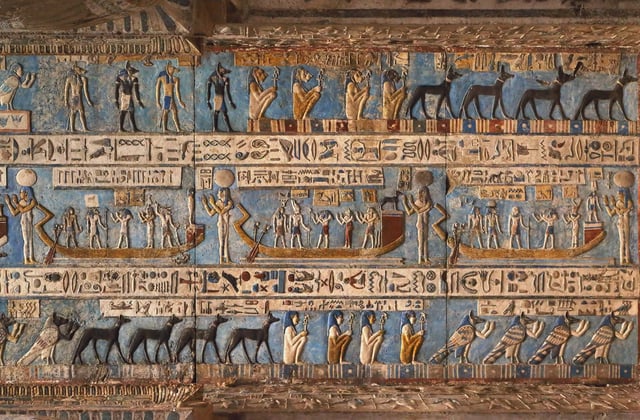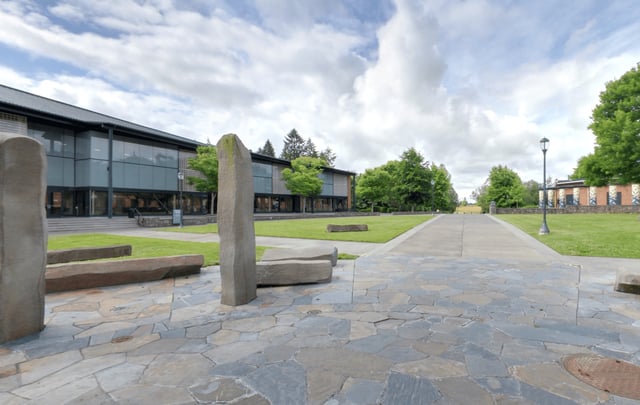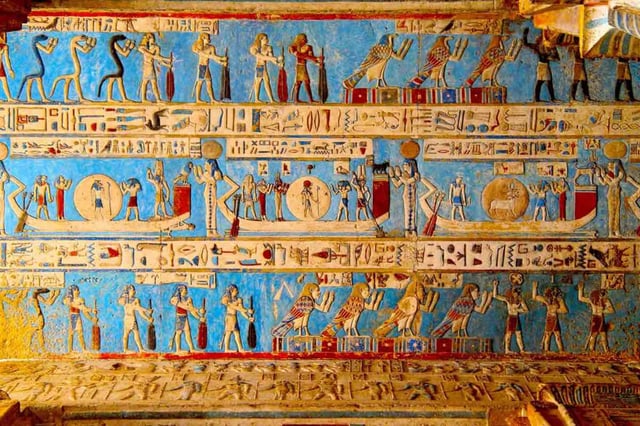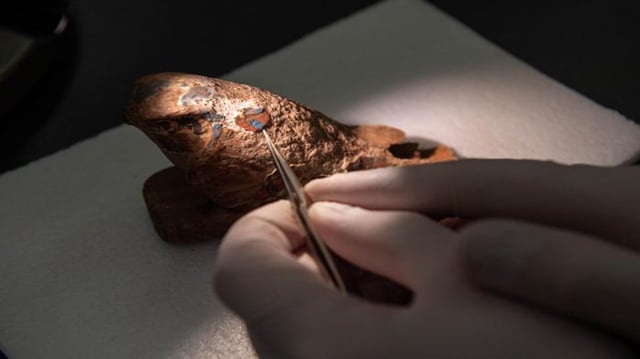Overview
- A Washington State University-led team, with support from the Carnegie Museum of Natural History and Smithsonian’s Museum Conservation Institute, reconstructed the lost formula using 12 recipe variations.
- Researchers heated blends of silicon dioxide, copper, calcium, and sodium carbonate to roughly 1,000°C for up to 11 hours to replicate ancient production methods.
- Analysis revealed that only about 50% of the blue-producing components were needed for the most vivid hue, with minor process tweaks causing major color shifts.
- The pigment’s emission in the near-infrared spectrum could enable forensic techniques such as fingerprint detection and the creation of counterfeit-proof inks.
- Scientists note that the dye’s chemistry resembles high-temperature superconductors, suggesting potential applications in advanced electronic and protective technologies.



